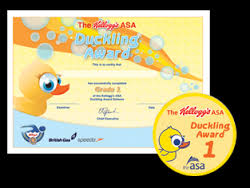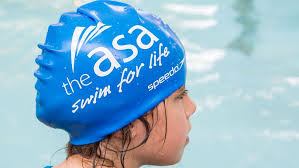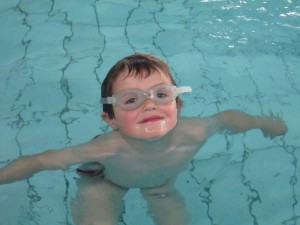Perry Beeches SSS are proud to follow the British Gas ASA Learn to Swim Pathway. We are committed to giving our swimmers the best possible start in their journeys as swimmers.
Abigail Turner, our Learn to Swim Coordinator, will be producing her second parent / guardian newsletter in the near future, and will include more details re our Learn to Swim program then.
Supported by attractive certificates and badges as a reward, the British Gas ASA Learn To Swim Pathway ensures your child receives the best possible instruction based on the swimming expertise of the ASA.
The Pathway takes your child on a journey from the first splash to developing confidence and competence in the water.
Click here (L2S Pathway JP) to see a presentation from the ASA, explaining the British Gas ASA Learn to Swim Pathway.
 It starts with the ASA Foundation Frameworkbefore moving on to the movement skills of the ASA Learn to Swim Framework Stages 1 to 7.
It starts with the ASA Foundation Frameworkbefore moving on to the movement skills of the ASA Learn to Swim Framework Stages 1 to 7.
The final part of your child’s journey is the ASA Learn to Swim Framework Stages 8 to 10.
This is also known as the ASA Aquatic Skills Framework.
Your child’s journey through aquatics starts with Foundation, a programme for developing early-years water confidence, encouraged through sessions such as ‘adult and child’ and pre-school sessions.
Emphasis is on the development of very basic motor skills and an introduction to water and the swimming environment through fun and games.
 ASA Learn to Swim Framework (Stages 1-7)
ASA Learn to Swim Framework (Stages 1-7)
These stages of the British Gas Learn to Swim Pathway take your child through FUNdamental Movement. They are based on developing skills, movement in the water, and having fun.
Stage 1 – This stage helps develop safety awareness, the ‘class’ scenario, basic movement skills and water confidence skills. Swimmers may use aids, such as armbands and floats.
Stage 2 – This stage focuses on safe entry to the water, including jumping in, basic floating, travel on the front and back up to a distance of 5m, and rotating the body to regain an upright position. Swimmers may use armbands and floats.
Stage 3 – More on developing safe entries into the water – including submersion – travelling up to 10m on the front and back, and progressing water safety knowledge and body rotation skills from the previous stage.
Stage 4 – This stage aids the learner in developing the understanding of buoyancy through a range of skills. Also covered is refining kicking techniques for all strokes. The swimmer has to swim 10m to a standard directed by the ASA.
Stage 5 – During this stage swimmers develop ‘watermanship’ through sculling and treading water skills and body complete rotation. They perform all strokes for 10m to a standard provided by the ASA in the Learn to Swim Framework.
Stage 6 – Developing effective swimming skills – including coordinated breathing – across all strokes is the focus of this stage. Learners also have to swim a distance of 25m using a stroke of their choice. Children learn about aspects of water safety.
Stage 7 – Children develop quality stroke techniques up to 100m incorporating the skills they have learned, and combine them to develop a linked routine. They also complete an obstacle course combining skills accomplished through stages 1-7.
ASA Aquatic Skills Framework – (Stages 8-10)
These stages are called the FUNdamental Sport Skills of the British Gas ASA Learn to Swim Pathway. They are discipline-specific and build on the swimming skills learned in Stages 1-7. They have been developed with the grass roots programmes of the individual sports so are great if your child wants to take up competitive swimming, water polo, synchro, or diving.
Further details can be found on the ASA website – http://www.swimming.org/go/parents/learn-to-swim/


